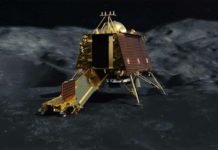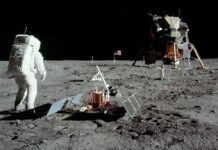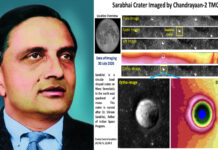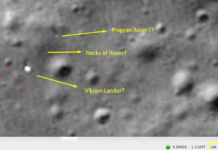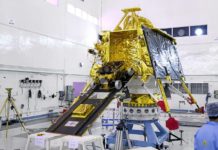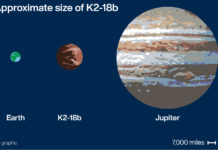While the mystical river Saraswati is still elusive, Indian scientists have found a new and shining Saraswati in space.
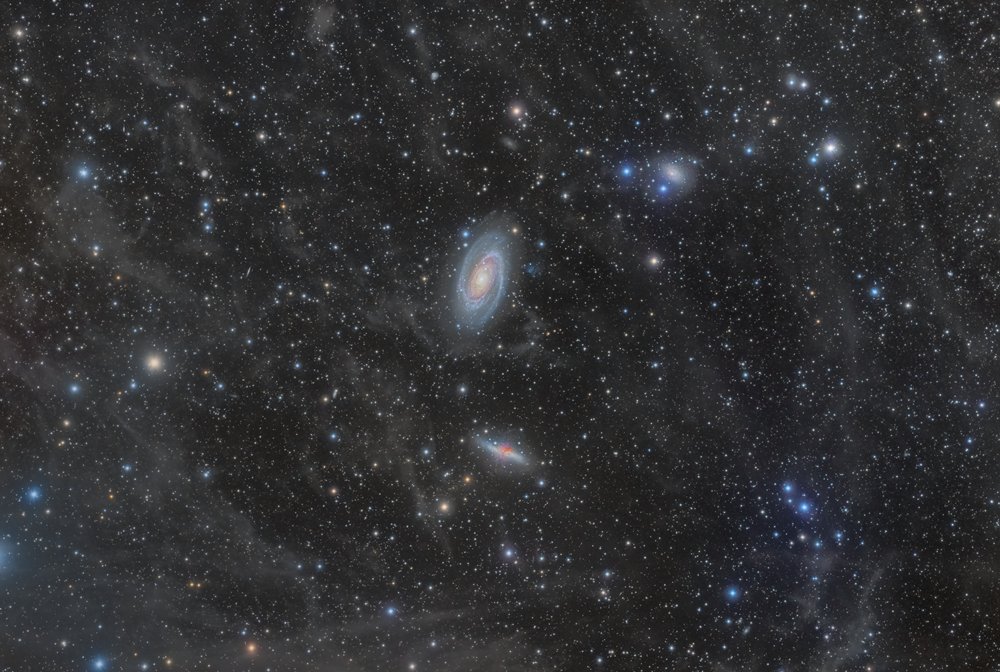
Indian scientists have found Saraswati – a supercluster galaxy with thousands of suns, billions of stars, planets (probably many earths) , other bodies, gases and dark matter. Saraswati is estimated to occupy a distance of 650 million light years. That’s huge.
Light year is a unit of astronomical distance equivalent to the distance that light travels in one year, which is 9,460,730,472,580.8 kilometers (nearly 6 million million miles). So, you will have to multiply this figure by 650 million!
And there is more. The supercluster was estimated to have a mass of 2 x 1016 (that is 20,000 trillion) suns.
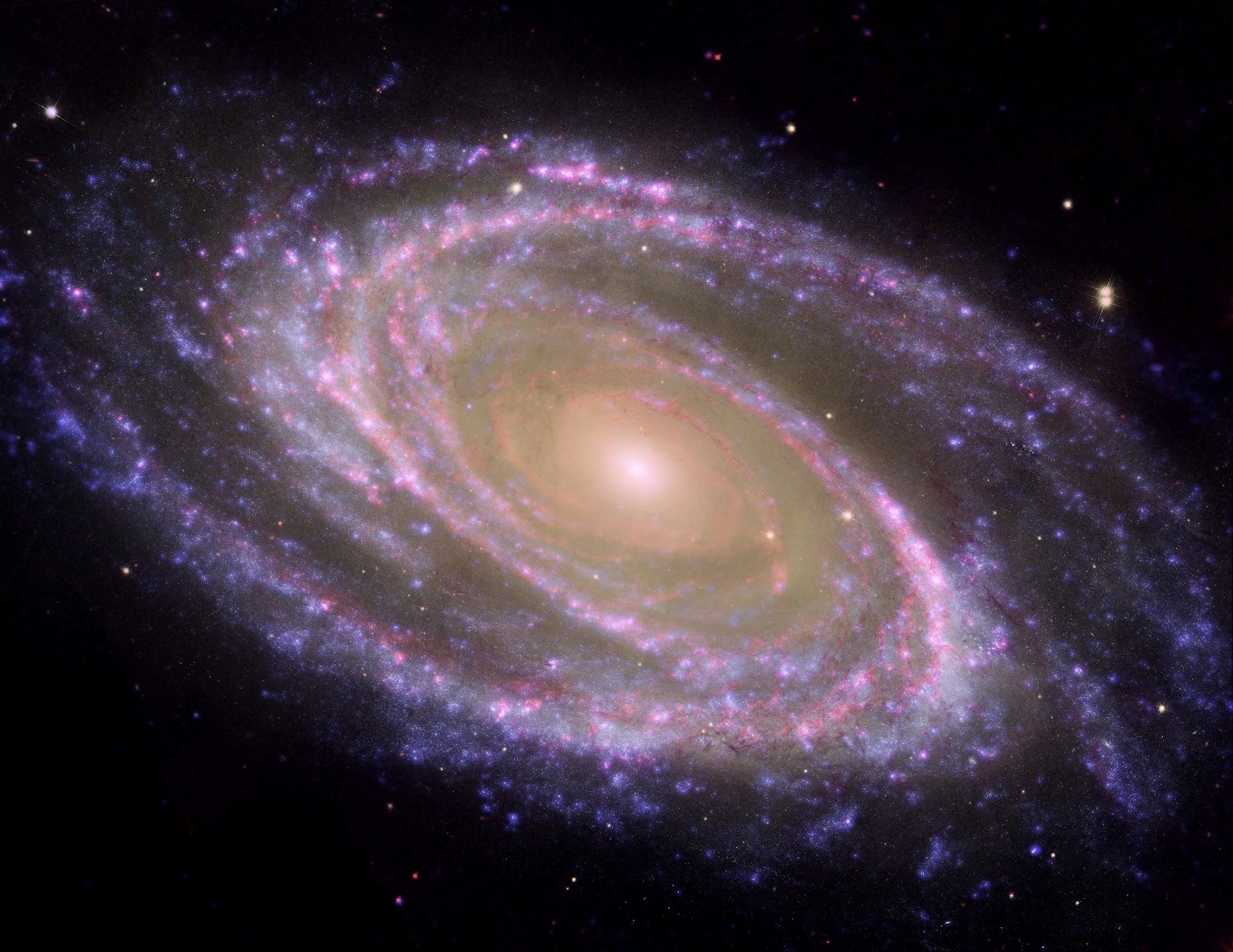
This supercluster was hidden for long and was previously unknown ‘supercluster’ of galaxies. Saraswati is around 4 billion light years away from Earth. So, the light that we see, rather the scientists, from this supercluster originated 4 billion light years ago when earth may not even have existed. We are essentially looking back in time.
The discovery was made by Joydeep Bagchi and team comprising Shishir Sankhyayan, a PhD student at the Indian Institute of Science Education and Research (IISER), Pune, and scientists from Inter-University Centre for Astronomy and Astrophysics (IUCAA), Pune, Newman College in Thodupuzha in Kerala, and National Institute of Technology, Jamshedpur.
Their paper is being published in the next issue of The Astrophysical Journal, the research journal of the American Astronomical Society.
Superclusters comprise of clusters of galaxies bunched together. Presently there are only four or five known superclusters of this size in the entire universe.
One galaxy will typically have billions of stars and planets. A cluster will contain several hundreds of these galaxies. Superclusters are super giants while galaxies are just giants. The Milky Way galaxy, of which Earth is a very small member in one of its outer arms, is part of the Laniakea supercluster, that was identified only in 2014.
Superclusters are relatively recent finds and were identified for the first time only in the 1980s.
“Since our information is based on signals received from stars at such massive distance, we are essentially looking into the past of the universe, as light from these stars has taken about four billion years in reaching us. It is around this time, scientists believe, that dark energy, about which we know little, had begun to dominate the space in the universe. The study of Saraswati therefore is likely to offer more insight into our understanding of dark energy,” Sankhyayan was quoted in the media.






























